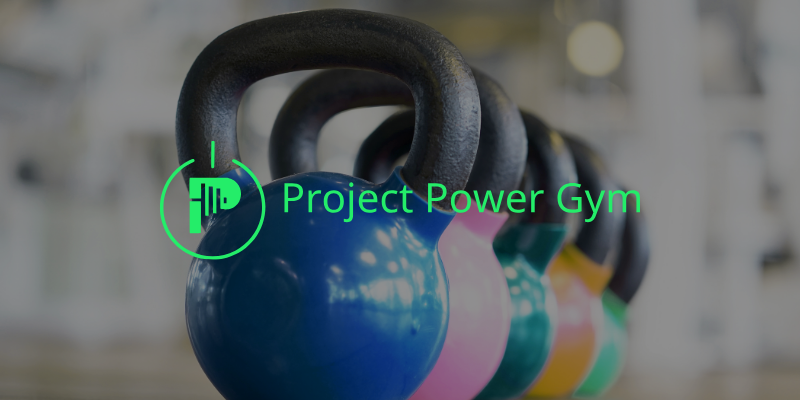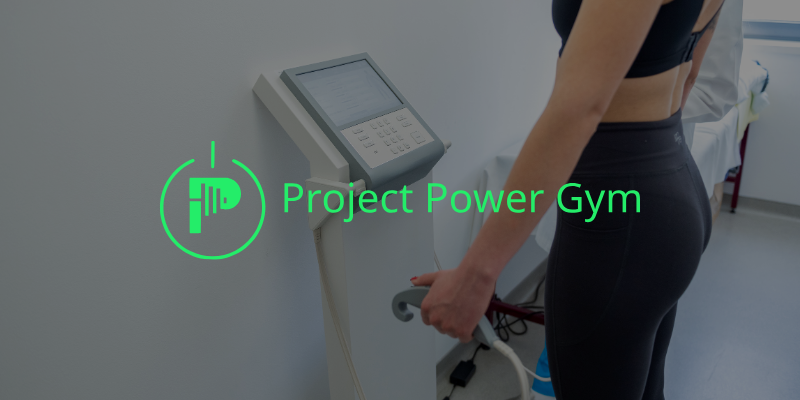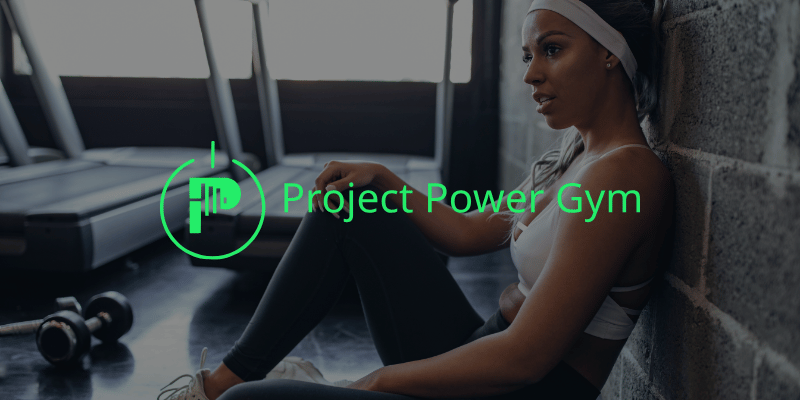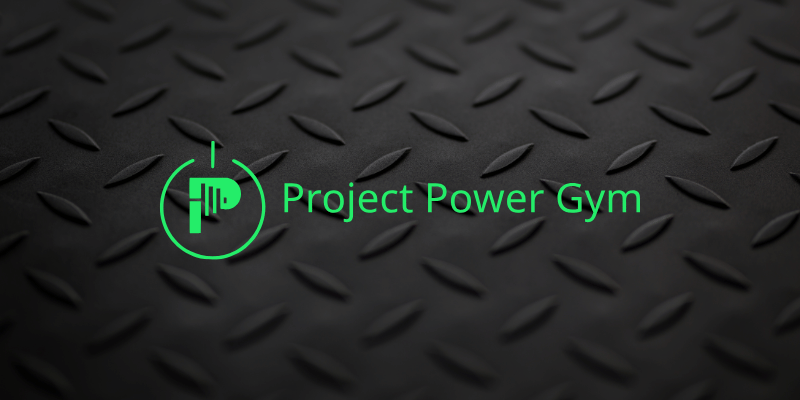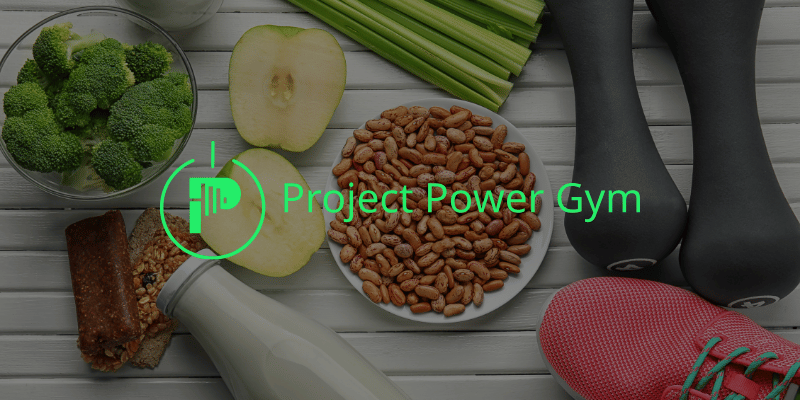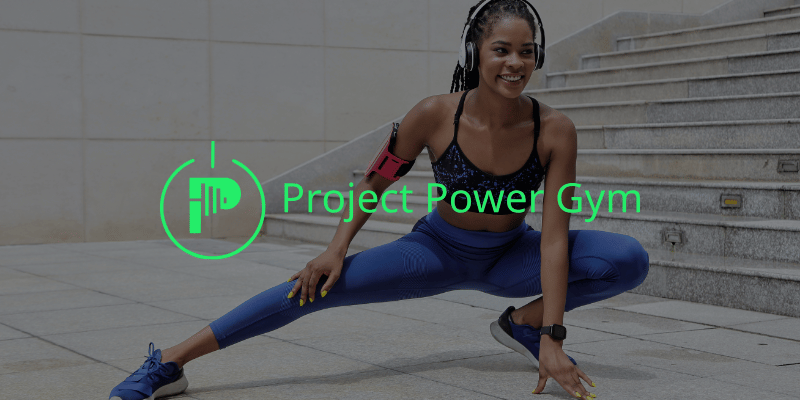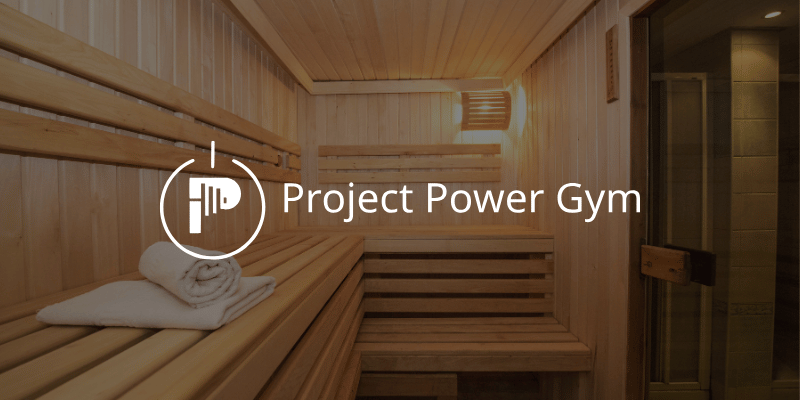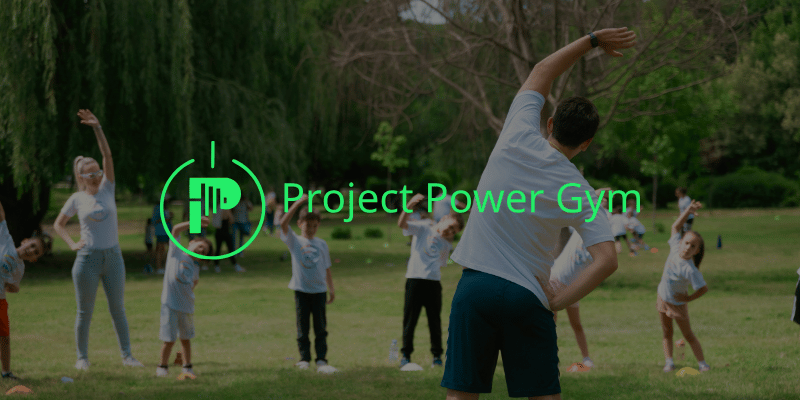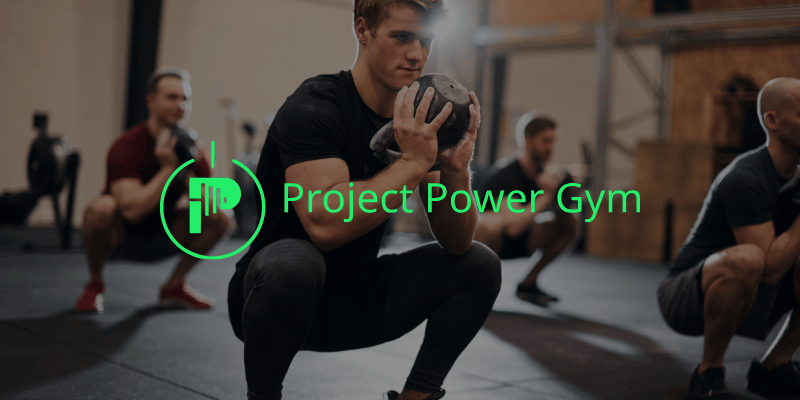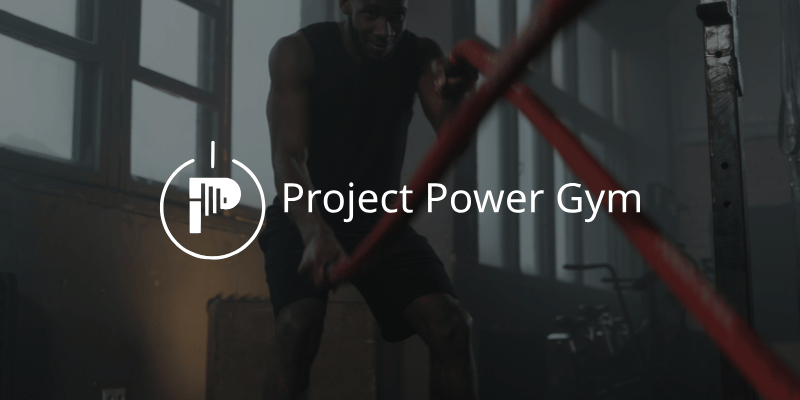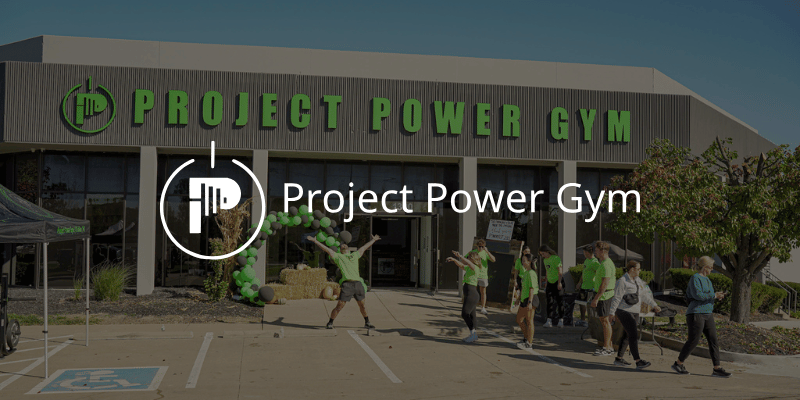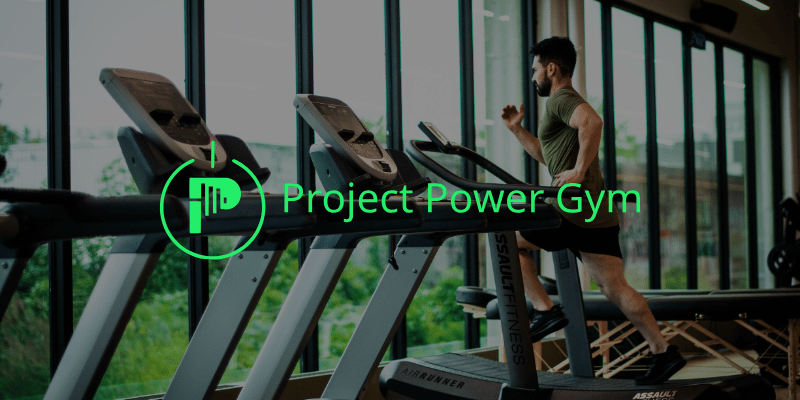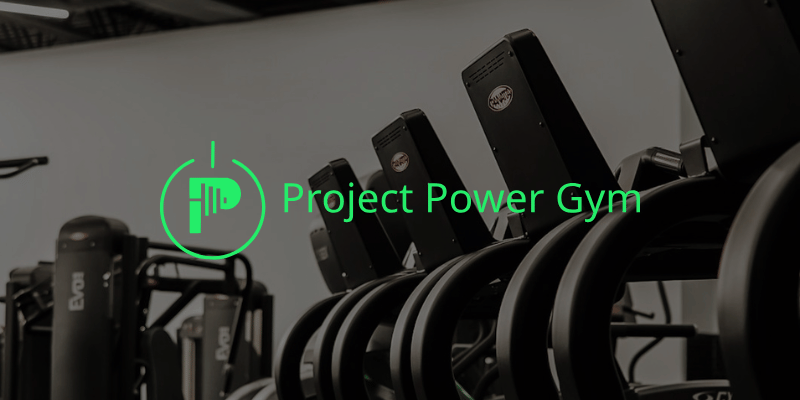
Group Fitness Classes in O’Fallon: Formats, Scaling, and How to Read the Schedule
Introduction
If you want coaching, structure, and community without building a plan from scratch, group classes are the fastest way to get moving. In O’Fallon, busy schedules and long days make it hard to train alone. Project Power Gym solves that with coached sessions that scale to every level. This guide explains how PPG classes work, how to choose the right format, and how to read the schedule so you can jump in confidently.
Why group classes work
Classes remove three common roadblocks: decision fatigue, inconsistency, and isolation. You show up, follow a proven plan, and train with people who want the same thing you do. Coaches cue technique, adjust the workload on the fly, and keep rest honest. The result is steady progress without overthinking.
If you are new to fitness or returning after time off, read From Couch to Confident for mindset and planning tips. It pairs perfectly with your first week of classes:
Beginner Fitness Programs in O’Fallon That Stick
PPG class formats at a glance
Check the live list on the classes page for the most current offerings and times:
See current classes
Typical categories you will find at PPG include:
Strength and conditioning
Focus: full body strength paired with short, focused conditioning.
Who it fits: people who want muscle, better work capacity, and a simple plan.Bootcamp and interval circuits
Focus: timed stations and simple movements that keep you moving.
Who it fits: anyone who enjoys fast sessions and variety. For a deeper preview, read the bootcamp explainer:
Bootcamp BreakdownKettlebell and functional strength
Focus: swings, cleans, presses, carries, and core.
Who it fits: people who want strong hips, shoulders, and posture without complex machines.Mobility and recovery
Focus: range of motion, breathing, and light tissue work to keep training pain free.
Who it fits: desk workers and lifters who feel stiff. Pair with this guide:
Mobility Made SimpleConditioning and cardio circuits
Focus: rower, bike, sled, and bodyweight intervals for heart and lungs.
Who it fits: members who want stress relief and endurance. See also:
Stress-Busting Cardio
If you see a specialty class on the schedule, the coach will explain prerequisites. When in doubt, ask at the front desk or message a coach before you book.
How scaling works at PPG
Scaling means matching the workout to your current capacity so you get the intended training effect without pain. Your coach will adjust:
Load
You will lift a weight that lets you keep clean technique for the prescribed reps.Movement pattern
If overhead motion bothers your shoulder, you may press with a neutral grip or swap to a landmine press.Volume and tempo
Newer members may perform fewer rounds or use a slower tempo to control form.Range of motion
Squatting to a box, elevating hands for push-ups, or using bands keeps mechanics honest while you build strength.
Scaling is not a step down. It is how smart athletes train. You progress faster because you avoid setbacks.
How to read the class schedule
Open the classes page and note three details before you book:
View schedule
Format and focus
Look for keywords like strength, mobility, intervals, or conditioning. Choose the class that matches today’s priority.Duration and capacity
Check the length of the session and whether there is a cap on attendance. If there is a waitlist, set a reminder and confirm your spot early.Coach
If you thrive with a specific coaching style, follow that coach’s sessions when you can. Consistent cues help you lock in technique.
If you train during off hours, read this post for tips on making 24/7 access work with classes:
O’Fallon Fitness on Your Schedule
How to pick your first class
Start with a format that fits your experience and energy level.
• First timer
Choose a fundamentals or strength and conditioning class. Tell the coach you are new and share any injuries or concerns.
• Coming back after a layoff
Pick a class with clear work intervals. Aim for 70 percent effort and leave with one good rep in the tank.
• Lifting background, rusty conditioning
Pick bootcamp or conditioning. Keep technique clean and breathe through your nose between intervals to avoid redlining too soon.
If you want a structured ramp-up, book a short consult through the training page:
Talk with a coach
What to bring and how to prepare
• Shoes you can lift and move in
• Water bottle and a small towel
• A light snack 60 to 90 minutes before class if you train after work
• Arrive 10 minutes early to meet the coach and review scaling options
Parents: check childcare hours and policies here so your class time aligns with drop off and pick up. A smooth check in makes the whole session better:
Gym childcare and policies
What a coached class looks like
A typical session runs 45 to 60 minutes:
Welcome and overview
The coach explains the plan and shows the intended stimulus so you know the point of the day.Warm up and patterning
Simple mobility and activation drills that match the main work. If you sit all day, you will love how this feels.Main block
This could be sets of squats and presses, a kettlebell complex, or timed intervals. Your coach checks movement quality and adjusts your plan.Finisher or accessory work
Short conditioning or core to round out the hour without trashing recovery.Cooldown and notes
Breathing, light stretching, and quick guidance on what to expect tomorrow.
Progression and how to measure results
You will know classes are working when you see:
• Consistency
You attend three sessions most weeks without dreading the gym. This is the biggest win.
• Performance
Loads rise five to ten pounds over a month. Intervals feel smoother. Row splits and bike cals improve.
• Movement quality
Depth and control improve. Your coach needs fewer cues. Daily tasks feel easier.
• Body composition
Clothes fit differently and energy stays steady. Combine classes with smart nutrition using this guide:
Easy Nutrition Strategies for Busy Pros
For mindset and habit tactics that keep you on track all year, read:
Mindset First
Sample weekly templates
Pick one that matches your goals and adjust based on the schedule.
Strength first
• Monday: strength and conditioning
• Wednesday: kettlebell or functional strength
• Saturday: mobility and recovery
Fat loss and conditioning
• Tuesday: bootcamp or intervals
• Thursday: conditioning and core
• Sunday: mobility and a long walk
Balanced starter
• Monday: strength and conditioning
• Friday: bootcamp or intervals
• Weekend: mobility and light cardio
If you want to push faster or have a race on the calendar, add a short coach consult and tie classes into a full program:
Personal training at PPG
Common questions
Do I need experience?
No. Your coach will scale movements. You just need clean shoes and a good attitude.
How often should I come?
Two to four classes per week is a sweet spot for most people. Add steps on non-class days.
What if I cannot keep up?
You will not be left behind. We adjust reps, load, and range of motion so you succeed today and return tomorrow.
What about soreness?
Mild muscle soreness is normal at first. Sleep seven to nine hours, hydrate, and use the recovery tools explained here:
Why Recovery Matters
Ready to try a class
Choose a format that fits your goal, book your spot, and meet your coach ten minutes early. You will get coaching, community, and a plan that actually fits your life in O’Fallon.

